engine oil pressure gauge
Usage of gasoline oil pressure gauge:
(1) Start the engine and turn it to the normal operating temperature, turn off the engine and remove all spark plugs after the engine stops running;
(2) Fully open the throttle and press the connector of the pressure gauge on the spark plug hole;
(3) Use the motor to drive the engine to rotate at the speed of 100-150r / min for 3-5 seconds. At this time, the pressure of the cylinder will gradually rise to a value indicated by the instrument, that is, the pressure of the cylinder will gradually stop;
(4) Press the button once to reset the pointer to zero;
(5) Repeat the measurement 2 ~ 3 times according to the above steps to improve the measurement accuracy.
(6) Generally, the cylinder pressure of passenger cars is > 0.9mpa and △ < 8% (the pressure difference of each cylinder, and the gasoline engine does not exceed 8% of the average pressure of each cylinder).If the measured value is less than the specified value and the intake system is normal, it can indicate that there is leakage between the cylinder, piston and cylinder head. The possible reasons are that the cylinder, piston, valve and piston ring are worn and ablated. If the measured value is greater than the specified value and the intake and exhaust system is normal, the possible cause is serious carbon deposition in the combustion chamber.
Oil pressure gauge
Commonly known as the oil gauge, it indicates the lubricating oil pressure of the main oil passage of the lubricating system when the engine is running. As for the amount of oil in the oil pan, it needs to be measured by the oil dipstick next to the engine. Nowadays, most cars use warning lights instead of oil pressure gauges.
When the engine is working, the oil pressure gauge indicates the oil pressure in the main oil passage of the engine lubrication system. It is composed of oil pressure indicator and oil pressure sensor. The oil pressure indicator is installed on the instrument panel, and the oil pressure sensor is installed on the engine main oil passage or oil primary filter, which are connected through wires. Common oil pressure gauges include bimetallic oil pressure gauge and bimetallic oil pressure sensor, electromagnetic oil pressure gauge and resistive oil pressure sensor. Bimetallic oil pressure gauge is widely used.
Oil pressure alarm device:
Some vehicles equipped with oil pressure gauge are also equipped with oil pressure alarm lamp. When the oil pressure is lower than the normal value, the alarm lamp will turn on and send an alarm signal to the driver. The utility model is composed of an oil low pressure alarm lamp installed on the instrument panel and an oil pressure alarm sensor installed on the main oil passage of the engine.
 English
English 
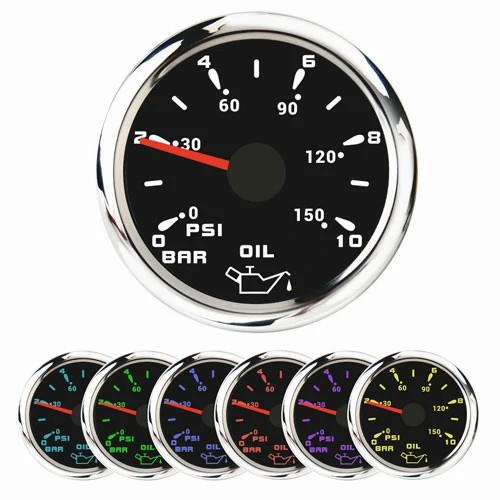
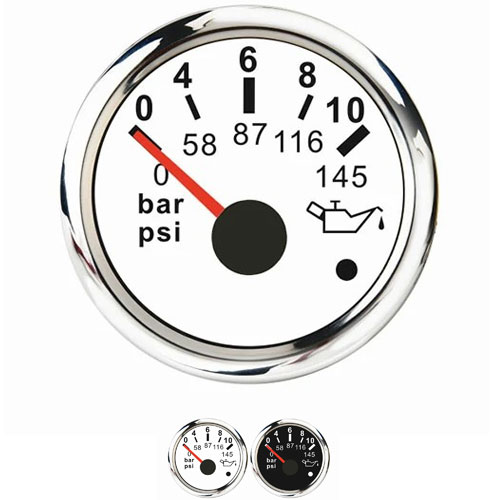
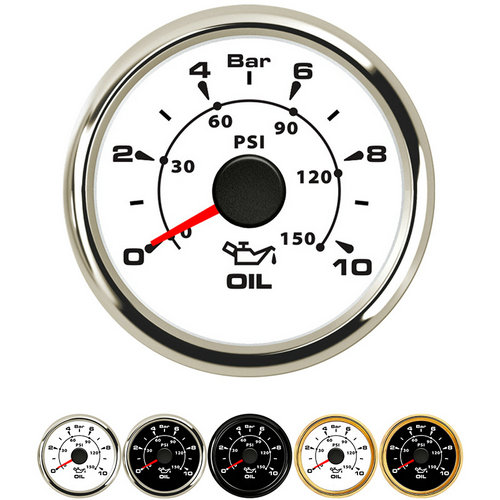

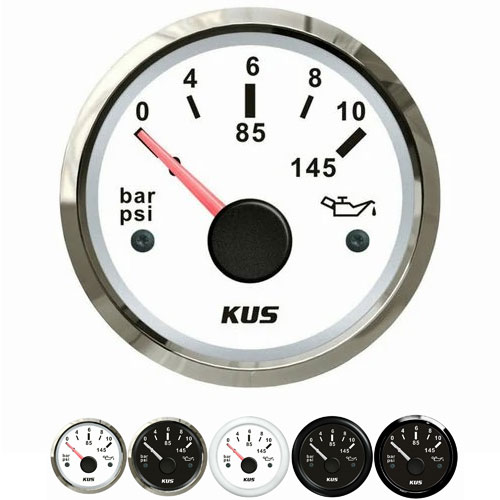
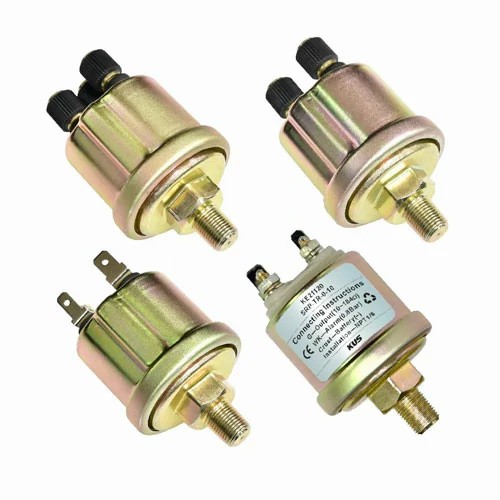
Get a Quote / Info